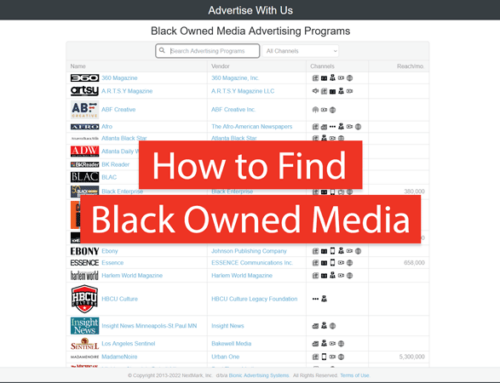“80 percent of the publishers getting an RFP don’t even stand a chance.” – Doug Weaver, Upstream Group
Direct mail is an amazing thing. It costs something like $750 CPM to put a glossy catalogue in the mail, but somehow direct marketers make those numbers work. Mailing lists are constantly optimized to make sure they hit the right houses, fresh lists acquired to create new demand, and non-performing lists ruthlessly culled if they don’t meet certain KPIs. Direct marketers actually can tell just how much money a mailing will produce in sales.
Contrast that with a banner campaign, in which “good” performance means a 0.05% click-through rate, 40% non-viewable inventory, and fairly dim transparency. Some of the greatest companies in the space, newly public and boasting hundreds of millions in run rates, are still challenged to justify spending to their marketing clients. Thankfully, last click attribution hasn’t gone anywhere. I recently overheard a marketer at a conference saying that 70% of clicks on her last campaign with a big, popular “platform” came from Yahoo Mail subdomains. It doesn’t take a genius to figure out that the marketer’s e-mail program was creating sales, but the fancy platform’s banners were making sure they were “last viewed” before the purchase.
So, how to get display advertising more like direct mail?
It must start with procurement. Marketers should be able to tell how much the media costs, who will view it, and who to buy it from. Unfortunately, unlike almost every other form of media on the planet, that doesn’t exist today for the digital marketer. Marketers can name their price in the programmatic RTB channel, but if they want access to directly sold inventory (making up as much of 70% of all digital media spend today), they need to purchase via the “transactional RFP” process.
I don’t know whose fault it was, but publishers didn’t help themselves when they decided to hide pricing information from agencies. With an endless supply of inventory (some 5 trillion impressions per month, according to Eric Picard), banner sales has always been a bit more art than science. Buy 1,000,000 homepage impressions at $20 CPM, and I’ll throw in 5,000,000 “ROS” impressions. Presto! You get a reasonable eCPM of just over three bucks. Everybody’s happy….except for publishers. In the long run, such practices devalue their inventory.
Media prices are still opaque in the transactional RFP channel, and agencies like it that way. In order to get basic pricing and availability information, they send out “requests for proposals,” which send publisher sales teams scrambling. According to recent research by Digiday and Adslot, publishers spend an average of 1,600 man hours a month on RFPs, and 18% of their revenue churning through RFPs that have an average “stick rate” of about 25% (campaigns that will deliver the contracted amount). Ouch! A lot can happen in 1,600 hours.
Peter Naylor, the IAB’s Publisher in Residence, speaking to publishers at a recent conference summed it up nicely when he said, “Agencies take the information they receive in RFP’s to get a view of the market.” In other words, agencies get access to all the pricing information, and publishers are left to wonder who they are competing with—and at what price.
Despite this, agencies would also like to see this procurement methodology perish also. They want to buy impressions at scale, control the price they pay, and be able to “out-clause” on demand. Programmatic RTB offers all of the above—but only on lower classes of inventory. New programmatic direct technologies seem to be the answer to the problem of transactional RFPs. Whether they leverage existing RTB pipes (private deals) or are API-driven solutions connected to the publisher’s ad server, more and more higher-class inventory is starting to find its way to programmatic channels. That’s a good thing. Sure, there will still be RFPs for sponsorships, but sooner or later, all commoditized banner inventory (including “mobile” and video) will likely be purchased programmatically.
The question for publishers is whether or not they are going to take a part in deciding what the next stage of digital media procurement looks like. Will it still be driven by the demand side, or can publishers have a bigger seat at the table, and help build the process by which they expose and sell their “premium” inventory?
The RFP is dying, and publishers may applaud the last breaths of an over complex and inefficient process. But they should be careful of what may take its place.





